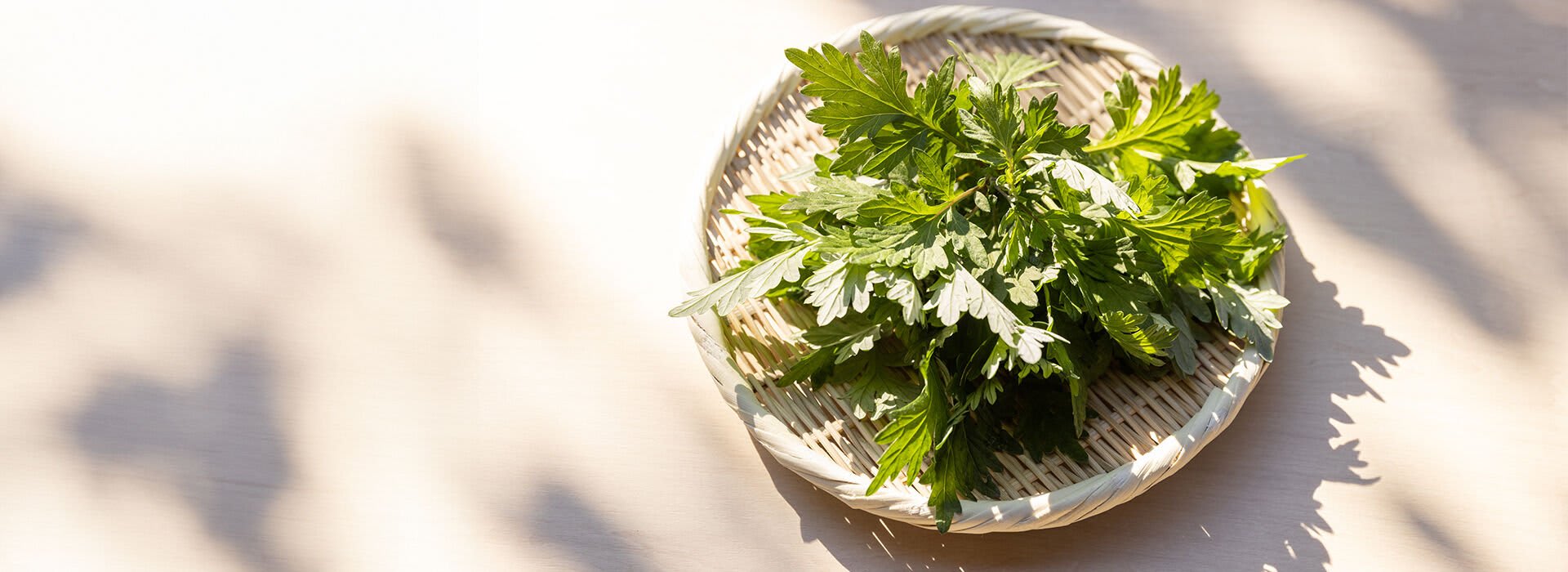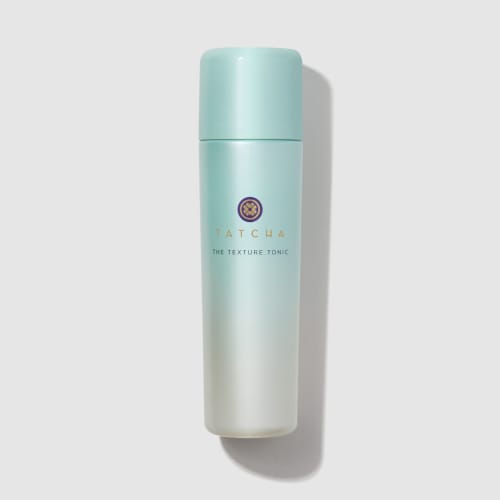Yomogi (Japanese Mugwort)
How does Japanese mugwort benefit your skin?

Benefits
Calming, Clarifying
About
Yomogi, or Japanese mugwort, is a medicinal herb used to treat both the skin and body from the inside out. The botanical has a fresh, earthy scent and a floral, slightly bitter flavor, and is commonly used in sweets, soups, and teas. But it’s also been used as herbal medicine and an at-home skincare remedy for centuries, used to calm and cleanse the skin and soothe inflammation in the body. For ages, women in Japan would care for active complexions with kind-to-skin home remedies from kitchen staples, including Japanese mugwort. Harnessing the calming and cleansing properties of the superfood, Tatcha’s Matcha Cleanse leaves skin feeling fresh and clean, not dry or stripped. The water-based gel lathers into a sensorial foam to wash away dirt, oil, and makeup while lightly hydrating, so you're left with only soft, pure skin. This sacred plant can also be found in Tatcha’s liquid exfoliant Texture Tonic, where it helps to visibly calm skin and reduce redness.
“ When included in skincare, mugwort benefits and improves dry skin and discomfort, even in cases of atopic dermatitis, noted one study.
Science
Japanese mugwort is an all-purpose remedy and has been used in traditional Asian medicine for the treatment of inflammation, infection, and circulatory disorders. When included in skincare, mugwort benefits and improves dry skin and discomfort, even in cases of atopic dermatitis, noted one study. The nutrient-dense botanical is beneficial for both skin and body when consumed and applied topically because it’s rich in dietary fiber, chlorophyll, vitamins A, B1, B2, and C, and minerals, including iron, calcium, and phosphorus.
History
Japanese mugwort has been used as an all-purpose herbal medicine for centuries, even being mentioned as a medicinal herb in an herbal guide written in the 9th century. It was said to have antibacterial properties, relieve itching, and soothe insect bites. The wonder plant was also beloved by Empress Suiko, Japan's first female monarch in the 7th century. Her passion for herbal cures led her to decree the 5th day of the 5th month of every year to be a day for collecting irises and mugwort leaves, a tradition known as the Medicine Hunt (or kusuri-gari in Japanese), which is still observed every year on May 5th.
Provenance
The aromatic herb comes from the mugwort plant, which grows in China, Korea, and the southern part of Japan. The perennial plant grows wild in the mountains, hills, and even in cities, and the leaves have a bright green distinctive appearance.
Did You Know?
Japanese mugwort is a vital part of traditional Japanese sweets called wagashi. The vibrant green leaves act as a natural dye, imparting a vivid green color and the slight bitterness brings out the natural sweetness of the other ingredients for a uniquely traditional Japanese treat.


